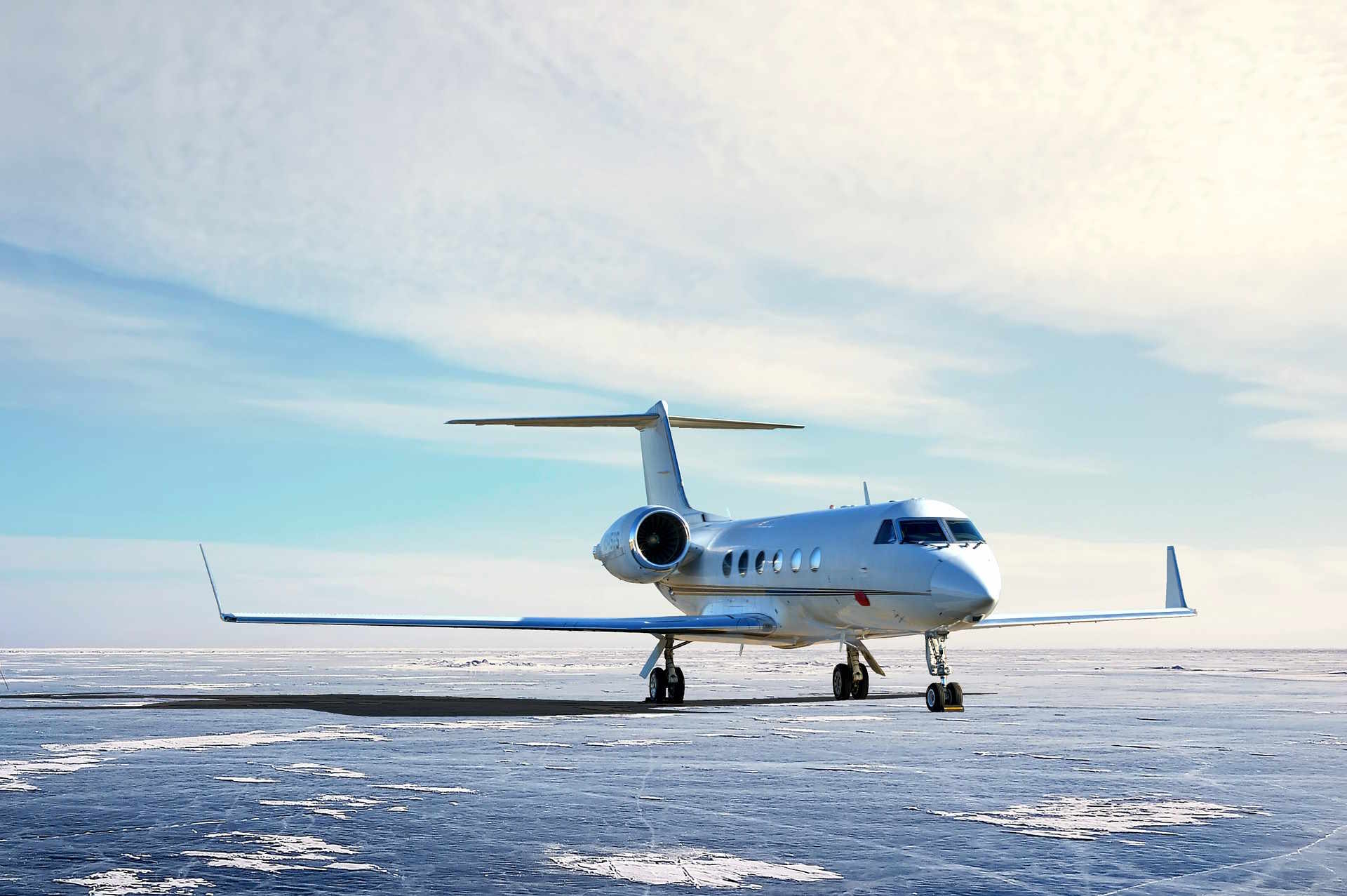The World of Private Jets: Luxury, Convenience, and Comfort in the Sky
Private jet travel represents the pinnacle of luxury and efficiency in air transportation. As more individuals and businesses seek alternatives to commercial flights, the allure of private aviation continues to grow. This article delves into the world of private jets, exploring their benefits, types, and the experience they offer to discerning travelers.

What makes private jet travel so appealing?
Private jet travel offers a unique combination of luxury, convenience, and privacy that commercial flights simply cannot match. Passengers can avoid crowded airports, long security lines, and rigid schedules, instead enjoying a tailored travel experience that caters to their specific needs. The ability to fly directly to smaller airports closer to final destinations also saves valuable time for busy executives and leisure travelers alike.
Moreover, private jets provide an unparalleled level of comfort. Spacious cabins, customizable interiors, and personalized service ensure that every aspect of the journey is designed to meet the passenger’s preferences. From gourmet catering to onboard entertainment systems, private jets offer a level of luxury that transforms air travel from a mere necessity into an enjoyable experience.
What types of private jets are available?
The world of private aviation encompasses a wide range of aircraft, each designed to meet different needs and preferences. Here are some of the most common types:
-
Light Jets: These nimble aircraft are perfect for shorter trips, typically accommodating 4-8 passengers with a range of about 1,500 nautical miles.
-
Midsize Jets: Offering more space and range, midsize jets can carry 8-10 passengers and fly up to 3,000 nautical miles, making them suitable for cross-country flights.
-
Heavy Jets: Designed for long-range travel, heavy jets can accommodate 10-16 passengers and fly up to 6,000 nautical miles, enabling intercontinental journeys.
-
Ultra-Long-Range Jets: These aircraft represent the pinnacle of private aviation, with the ability to fly non-stop for over 6,500 nautical miles and accommodate up to 19 passengers in ultimate luxury.
-
VIP Airliners: Converted commercial aircraft offer the ultimate in space and luxury for those who require even more room or wish to travel with larger groups.
How does private jet charter work?
Chartering a private jet involves renting the entire aircraft for a specific trip or period. The process typically begins with contacting a charter company or broker to discuss travel requirements, including the number of passengers, desired departure and arrival locations, and any specific amenities needed.
Once these details are established, the charter company will provide options for suitable aircraft and associated costs. After selecting the preferred option, the company handles all logistics, including flight planning, crew arrangements, and catering.
On the day of travel, passengers can arrive at the private terminal just minutes before departure, bypassing the usual airport hassles. The flight crew manages all aspects of the journey, ensuring a smooth and comfortable experience from takeoff to landing.
What are the benefits of private jet membership programs?
For frequent flyers, private jet membership programs offer an attractive alternative to traditional charter or ownership models. These programs typically provide access to a fleet of aircraft with guaranteed availability, often at fixed hourly rates.
Benefits of membership programs may include:
-
Cost predictability: Many programs offer fixed hourly rates, making it easier to budget for travel expenses.
-
Flexibility: Members can often book flights with short notice and choose from various aircraft types.
-
Convenience: Simplified booking processes and personalized service streamline the travel experience.
-
Additional perks: Some programs offer benefits like complimentary catering, ground transportation, or access to exclusive events.
How much does private jet travel typically cost?
Private jet travel costs can vary significantly based on factors such as aircraft type, trip distance, and duration. While it’s generally more expensive than commercial first-class travel, the convenience and time savings can justify the cost for many users.
| Aircraft Type | Typical Hourly Rate | Average Trip Cost (2-hour flight) |
|---|---|---|
| Light Jet | $2,500 - $3,500 | $5,000 - $7,000 |
| Midsize Jet | $3,500 - $5,000 | $7,000 - $10,000 |
| Heavy Jet | $5,000 - $8,000 | $10,000 - $16,000 |
| Ultra-Long-Range Jet | $8,000 - $12,000 | $16,000 - $24,000 |
Prices, rates, or cost estimates mentioned in this article are based on the latest available information but may change over time. Independent research is advised before making financial decisions.
It’s important to note that these costs are estimates and can vary based on factors such as fuel prices, airport fees, and specific charter companies. Additionally, membership programs or fractional ownership options may offer more cost-effective solutions for frequent flyers.
How is the private jet industry evolving?
The private aviation industry continues to evolve, driven by technological advancements and changing customer preferences. Innovations in aircraft design are leading to more fuel-efficient and environmentally friendly jets, addressing growing concerns about carbon emissions.
Digital platforms and mobile apps are also transforming the booking process, making it easier than ever to arrange private jet travel. Some companies are even exploring the potential of electric and hybrid aircraft, which could revolutionize short-haul private flights in the coming years.
As the industry grows, it’s likely that we’ll see further innovations in aircraft technology, service offerings, and booking models, making private jet travel more accessible to a wider range of customers while maintaining its reputation for luxury and convenience.




